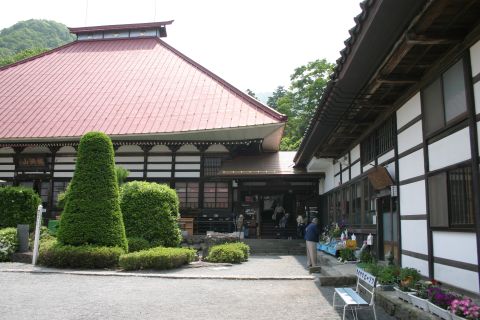Religions in Practice – Zen-Temple life in contemporary Japan

While the history of the Zen−Buddhist schools in Japan, the life of their founders and the developments of their institutions as well as their doctrine and philosophy are very well researched, scholarship on Japanese Zen−Buddhism tends to have an almost exclusively textual focus. As this focus is often specifically on pre-modern texts, we find hardly any research on contemporary Zen−Buddhist institutions from the perspective of a critical anthropological analysis. As a result, relatively little has been introduced to the Western world about the practice of Japanese Zen−Buddhism apart from its role in conducting funerals and rituals for the ancestors. This project intends to present an account of one year in the life of a Zen−Buddhist temple. The plan is to give a detailed account of the parish life of a Zen−Buddhist temple, the social relations between parishioners and priests, the required training and the duties of priests, the ritual programs of the Zen−temples including the ancestor rituals, every-day ceremonies and festivals (matsuri), the educational work of the priests, particularly with respect to young people and the counselling and management tasks of the priesthood. Taking up Nam Lin Hur's suggestion to understand Zen−Buddhism in Japan as a “culture of prayer and play” the intended study plans to look at Zen−Buddhist temples not only as religious institutions but also as places of tourist interest, recreation and entertainment. The ethnography is intended as a “thick description” of Zen−Buddhist life in Japan today.